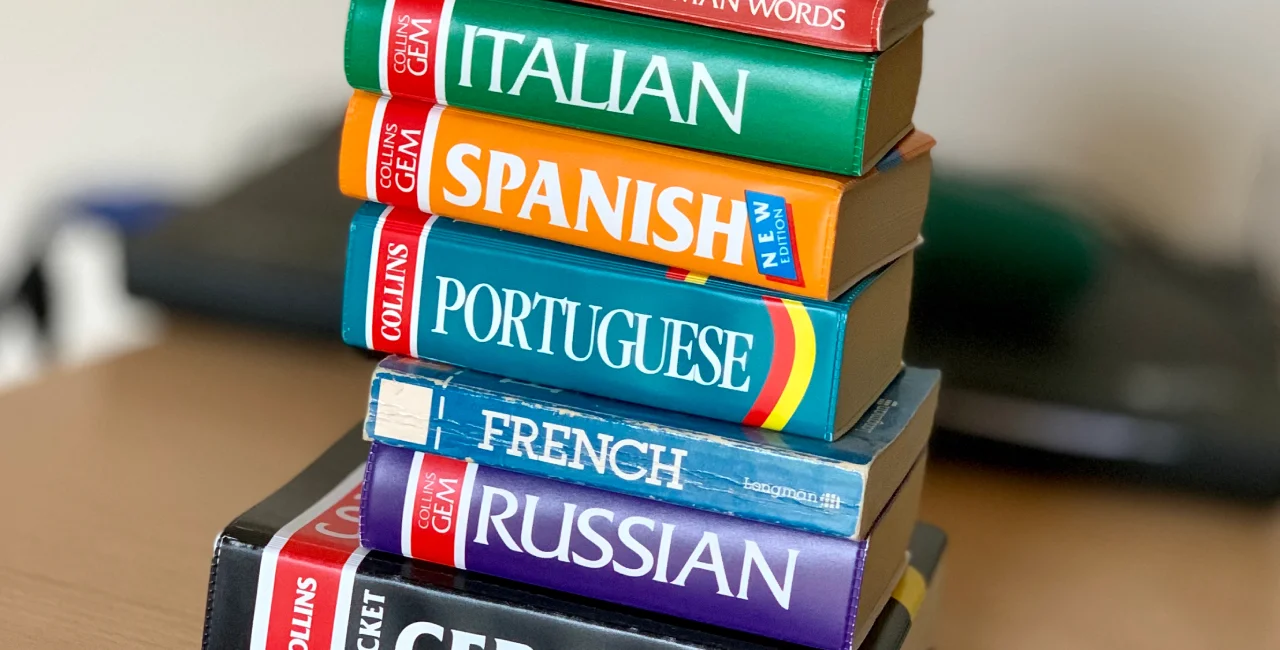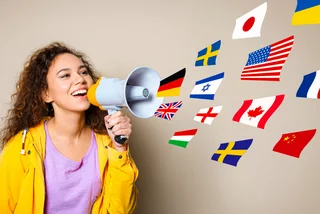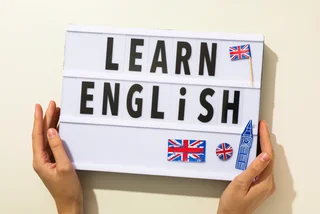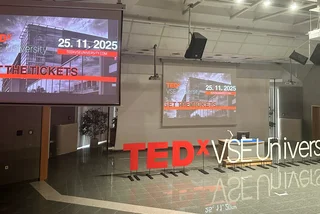In recent years, Czech language schools have witnessed a significant shift in foreign language learning preferences. The demand for Russian language courses has plummeted, while interest in Spanish has surged.
Once considered a key language for business and cultural exchange, Russian has steadily lost its appeal in recent years. Experts attribute this trend largely to the geopolitical fallout from Russia’s invasion of Ukraine in 2022, which drastically changed Czech perceptions and practical motivations for learning Russian.
Language schools report cancellations and closures of Russian courses, sometimes to near extinction. Meanwhile, Spanish has become increasingly popular, buoyed by cultural attraction and travel trends among Czech learners. A recent survey of local language schools by Czech Television showcases the sharp change in interests.
Decline of Russian language learning in Czechia
David Dvorský, director of Glossa School of Languages, tells Czech Television that demand for beginner Russian courses has “fallen almost to zero.” Other schools confirm similar declines, with some discontinuing Russian classes entirely.
According to Václav Solich, owner of Jazykové centrum Correct, Russian courses have been “completely dead” for the last three years, with only a handful of individual learners remaining.
Simona Škurková, director of Lingua Centrum, notes that the total hours of Russian taught today are only about a quarter of what they were in the 2020/2021 school year. Martin Hejhal of the Spěváček language school confirms the drop from 34 courses with 65 students before the invasion to just five courses with seven students currently.
The decline is tied closely to the war in Ukraine, which altered the perceived usefulness and acceptability of Russian language study. With economic sanctions and severed business ties, Czech learners see little professional or practical benefit in learning Russian.
“If you cannot do business or study in Russia, people have no reason to learn the language,” Solich explains. This has contributed to Russian slipping from a primary language taught locally to a marginal role in Czech language education.
The remaining Russian students are typically motivated by personal or cultural interests, such as family connections or a passion for Russian literature and culture, rather than professional or economic incentives.
Rise of Spanish as a preferred foreign language
In contrast, Spanish language courses have seen marked growth in popularity. Lingua Centrum now offers over 100 Spanish courses, a 68 percent increase compared to 2020/2021. Spěváček has expanded its Spanish offerings to accommodate 433 students, nearly 200 more than four years ago.
Young learners are the main drivers of Spanish’s popularity. Edita Hubová, a teacher at Akademie Grace, observes that “interest in Spanish is growing among young people.”
While Italian also attracts learners, its increase is less pronounced. Spanish benefits from wider global use, including in Mexico and South America, which makes it more practical for global travelers.
Spanish’s appeal also stems from lifestyle and cultural factors. Many Czechs travel to Spanish-speaking countries for holidays or invest in property in Spain, which enhances the language’s attractiveness. Solich describes Spanish as “a sexy language” associated with warm climates, relaxed atmospheres, and vibrant cultures.
Still, Spanish learners treat the language as a hobby or lifestyle interest rather than a business necessity; corporate demand for Spanish remains limited. Hejhal adds that a large portion of students are drawn by Hispanic culture, including films, music, and lifestyle.












 Reading time: 2 minutes
Reading time: 2 minutes 























